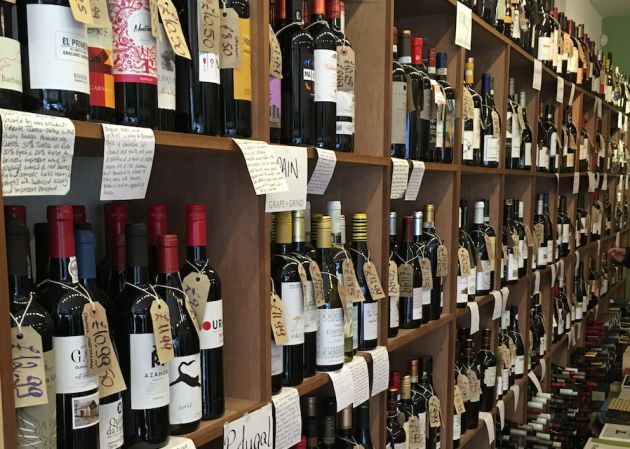
Trade should stop bottling it on carbon emissions
Bottling and packaging play by far the largest role in the green house gas (GHG) emissions generated by the production and distribution of a wine, contributing 42% of the total carbon footprint, delivering a clear ‘innovation challenge’ for the trade if it is to fully join the march towards greater sustainability.
With the need to address climate change becoming ever more urgent, that was one of the most actionable messages delivered at a Concha y Toro seminar on sustainability in London on 27 June, entitled Better Wine, Better Ways.
The continued reliance on heavy glass containers to bottle and ship wine produces over double the GHG emissions delivered by growing and harvesting the grapes (20%), vinification (18%) and distribution by land, sea and flight transport (20%), according to research presented by Concha y Toro.
The production and shipping of a typical bottle of 75cl wine is currently responsible for releasing around 1kg of CO2 into the atmosphere.
In a far-reaching session on all aspects – environmental and social – of how the collective business of wine can achieve greater sustainability, the company’s global sustainability manager, Valentina Lira, stressed the “room for innovation” with regard to packaging to help combat this climate cost.
By moving 98% of its production to lighter weight bottles across its entire portfolio by 2018, Concha y Toro has cut its glass usage by the equivalent of 14 million bottles annually. But Lira emphasised the need to more rapidly adopt lighter weight and recyclable alternatives such as bag in box, cartons and cans.
Giving an overview of the Nordic markets, where sales of bag in box and other ‘alternative’ packaging account for well over half the market, VCT Sweden’s sustainability manager Linda Karlsson highlighted the disparity of glass vs other packaging.
Drawing on Sweden’s System Bolaget figures (as with other Nordic monopolies, the state distributor analyses the sustainable trajectory of wine imports and sales), Karlsson referred to figures showing that while glass now only accounts for 35% of wine packaging on Sweden’s shelves, those same bottles are responsible for 84% of packaging-related CO2 emissions.
Put another way, wine shipped in bulk and bagged in a box produces 55% less emissions than the average bottled wine.
Of course, the market-controlling Nordic monopolies have been able to drive trade-wide change, whereas in the UK’s much freer and highly fragmented market it is a different story. Suppliers and retailers need to measure innovation against the potential costs to their business if that innovation puts them at a commercial disadvantage or fails to engage with consumers.
However, and despite surveys cited showing that consumers say they are prepared to spend up on more sustainably-produced wines, the reality remains that many of those same consumers still opt to buy on price alone when it comes to the payment crunch.
Younger consumers, though, are increasingly inclined to back their prioritising of environmental and sustainable concerns with higher spend, and this is a market where innovation in packaging and presentation can engage, by carrying appropriate and easy-to-understand cues.
Examples include Concha y Toro’s Sunrise label, which used 100% solar energy in its production, or the Trio brand, with the name linked to the ‘3 Rs’, the recycling mantra of ‘reuse, recycle, reduce’.
“The marketing department is developing these links for all brands, seeing what aspects of sustainability fit really well. This will be good for the consumer, because it’s going to be simple, they can understand what [aspect of sustainability] is inherent in every brand,” said Lira.
The suggestion is that such simple yet immediate messages can help the trade steer consumers towards alternative packaging and away from the admittedly evocative but old fashioned glass wine bottle that sits uncomfortably with today's ever growing environmental concerns.
Yet, as with the screwcap vs cork debate - which dragged out over a decade or more, despite being an apparent ‘no-brainer’ innovation that a majority of consumers were totally unfazed by – it is perhaps resistance in the wine world that most needs to be overcome with regard to bottling it on our collective responsibility to help address climate change.
Keywords:
- wine
- packaging
- Nordic
- co2
- climate change
- Sustainability
- bottle
- engagement
- Concha Y Toro
- carbon footprint
- glass
- emissions
- monopolies




